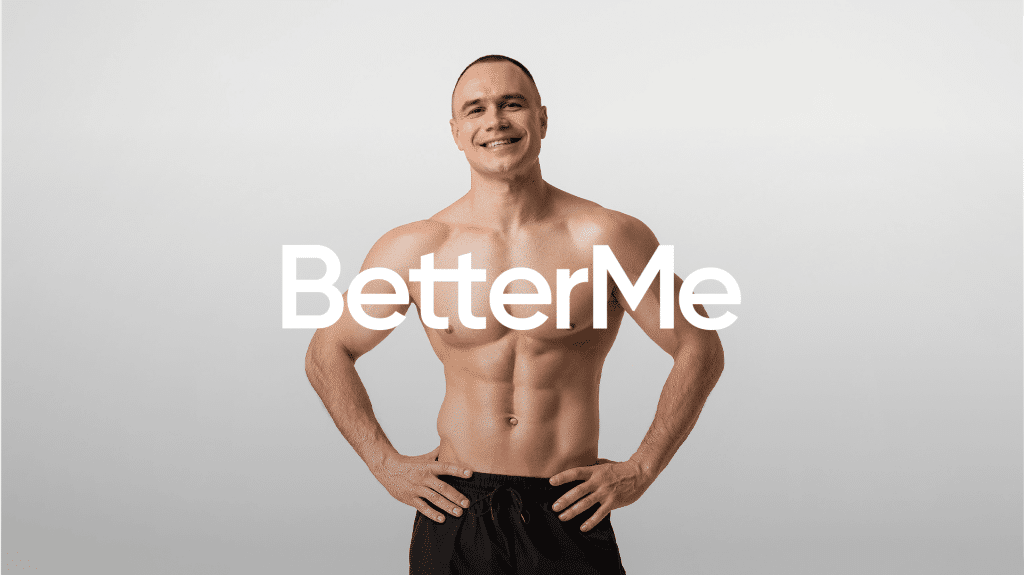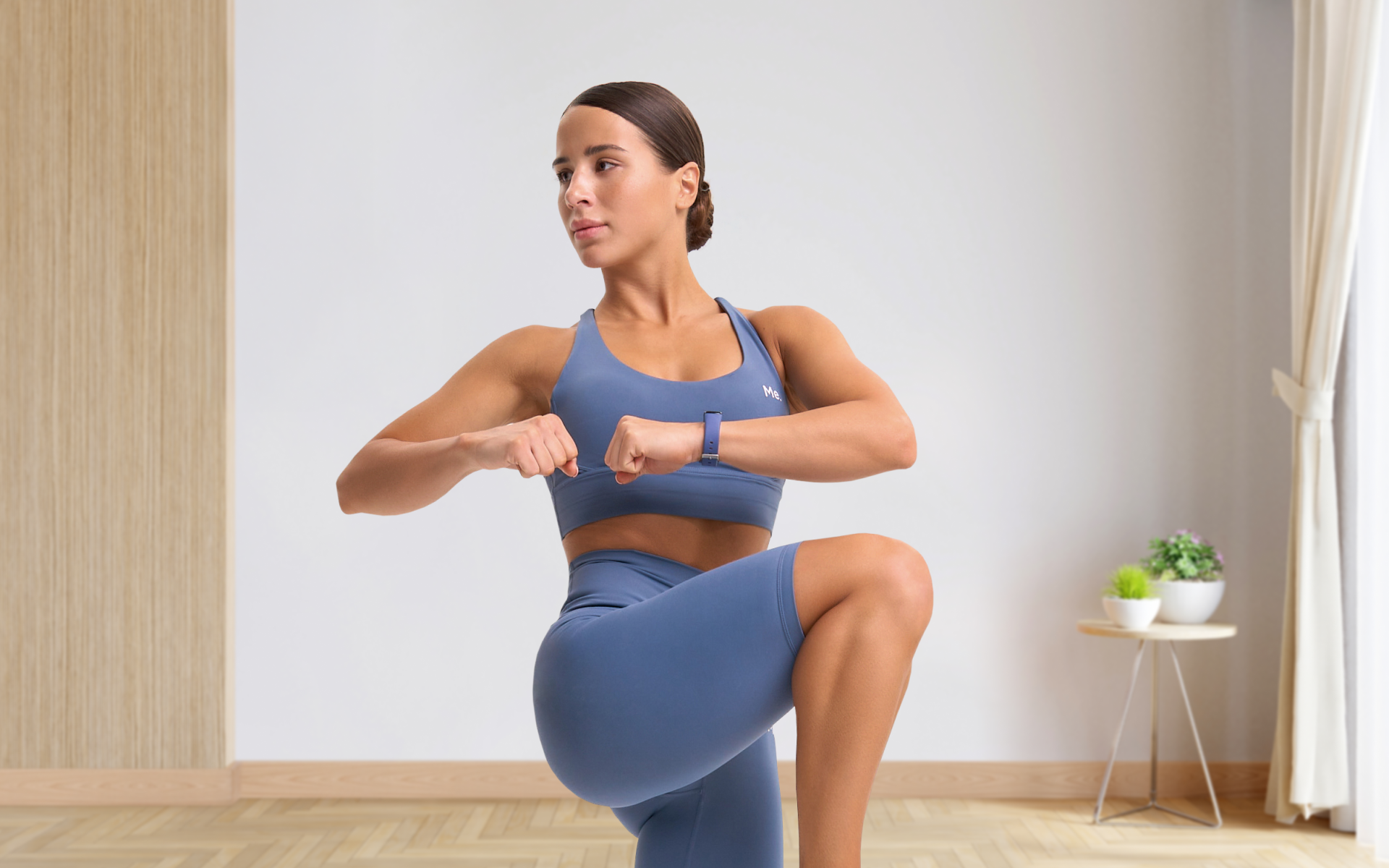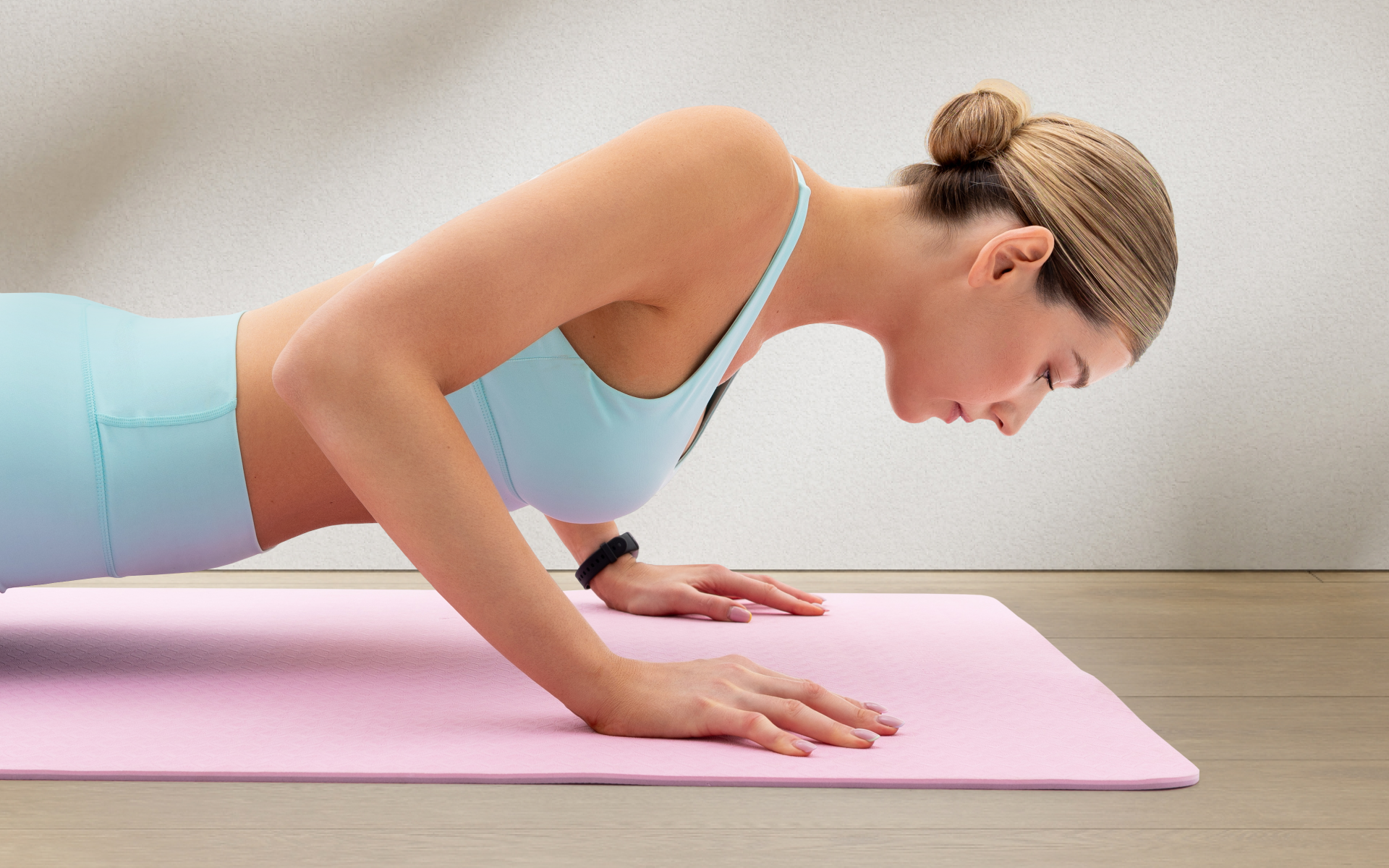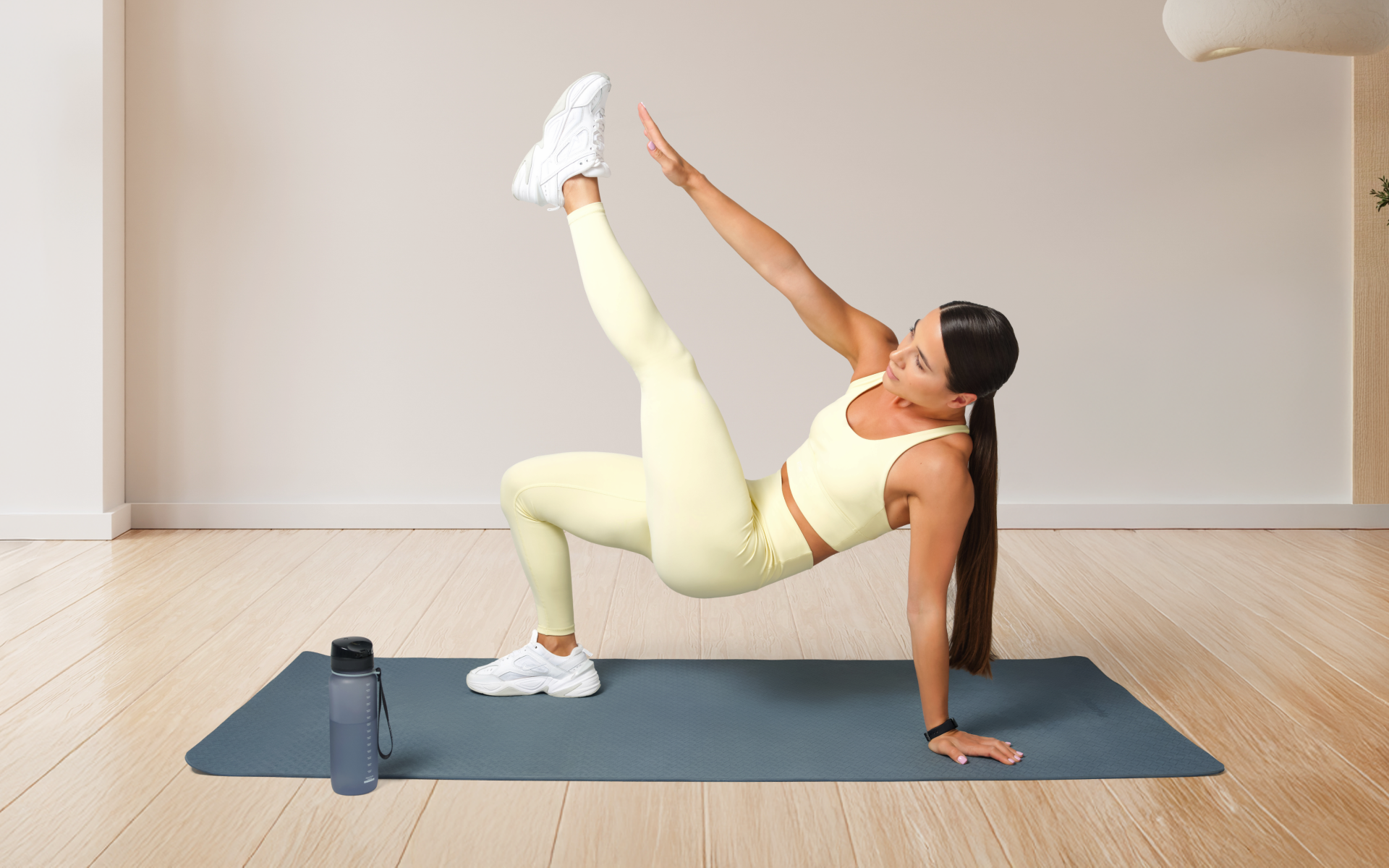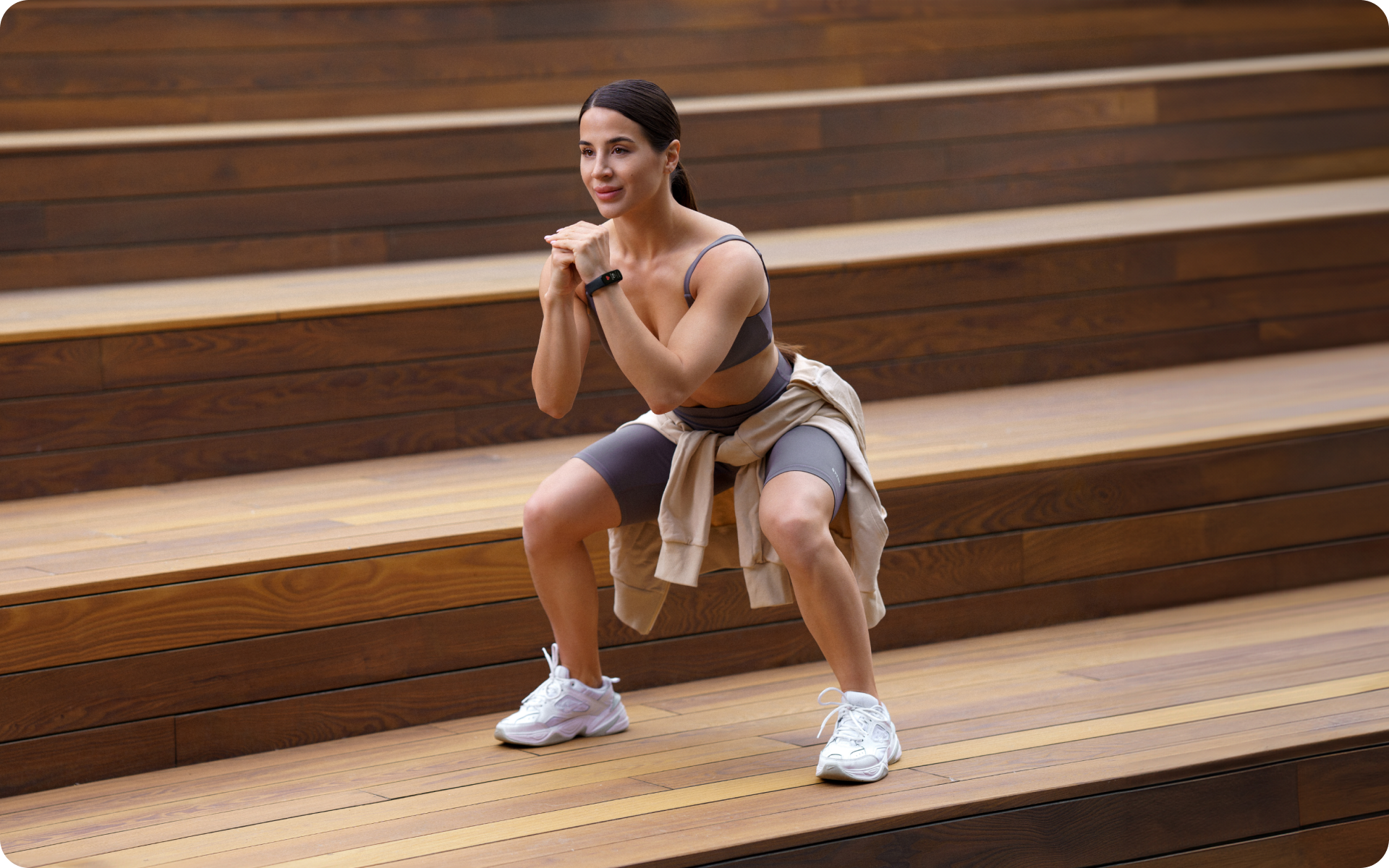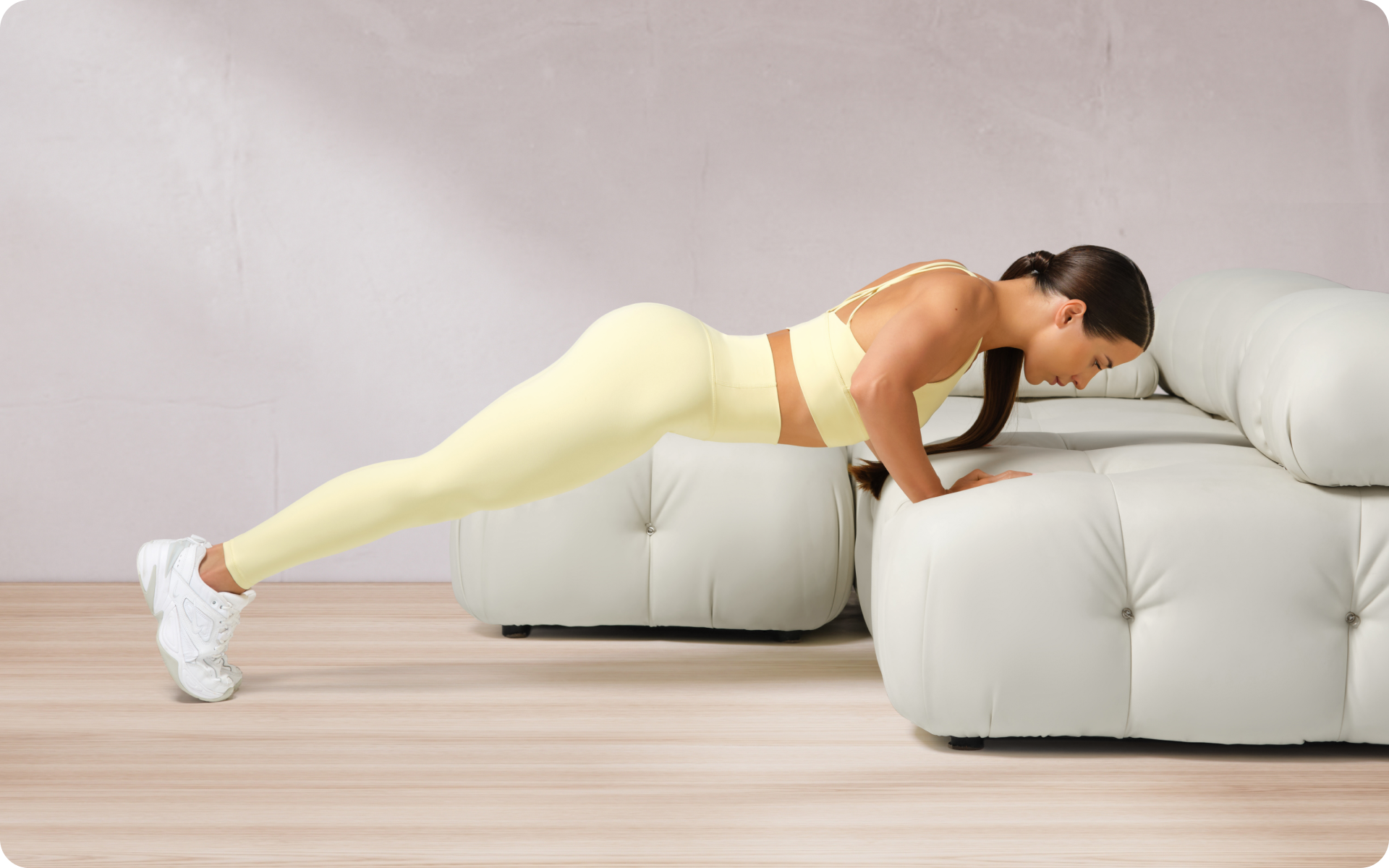Calisthenics is a form of bodyweight training that uses exercises to strengthen and tone the muscles. It’s an excellent way to get fit since you don’t need any special equipment or facilities – just your own body weight! Whether you need a full-body workout routine, or just want to target specific muscle groups, calisthenics can help you achieve your goals. This guide will provide all the information you need to know about calisthenics workouts, from beginner basics through advanced techniques.
Is A Calisthenics Workout Good For You?
Yes, a calisthenics workout truly lives up to its reputation. Here are some of the key features and benefits of this type of workout (2):
- Minimal Equipment Required: Calisthenics workouts primarily rely on your body weight, eliminating the need for expensive gym memberships or equipment. This makes it accessible and cost-effective for everyone.
- Improves Functional Strength: Calisthenics exercises target multiple muscle groups simultaneously, enhancing overall body strength and improving daily functionality.
- Enhances Flexibility: The dynamic and compound nature of calisthenics movements helps increase flexibility, which can prevent injuries and improve overall mobility.
- Promotes Body Control and Balance: Calisthenics workouts require you to control your body in various positions and movements, leading to better body awareness, balance, and coordination.
- Scalable for All Fitness Levels: Calisthenics offers progressions and modifications for each exercise, making it suitable for beginners, intermediates, and advanced athletes alike.
- Burns Fat and Builds Lean Muscle: The combination of strength training and cardiovascular elements in calisthenics workouts promotes fat loss while building lean muscle mass.
- Variety and Creativity: With numerous exercises and variations to choose from, calisthenics allows for endless creativity in designing your workouts, keeping you engaged and motivated.
Read More: The 28-Day Calisthenics Workout Challenge To Improve Your Fitness
What To Expect In Calisthenics Workout Plan
When starting a calisthenics program, you can expect the following components:
1. Warm-Up And Mobility Exercises
You have to warm up before calisthenics to increase blood flow, loosen up joints, and prepare your body for the main workout (3). Mobility exercises focus on improving flexibility and range of motion.
2. Skill Work And Progressions
Skill work involves practicing specific techniques to master advanced calisthenics movements such as handstands, muscle-ups, or front levers. Progressions are step-by-step exercises that help you gradually build up to these advanced skills.
3. Strength Training
Workouts typically include calisthenics exercises that target multiple muscle groups at once. Examples include push-ups, pull-ups, squats, and dips. These exercises will be structured into sets and repetitions, with varying intensity and volume based on your fitness level.
4. Core Training
A strong core is crucial for overall stability and performance in calisthenics. Your workout plan will include core-strengthening exercises like planks, leg raises, and Russian twists to build a solid foundation.
5. Cardiovascular Conditioning
Some calisthenics plans integrate high-intensity interval training (HIIT) or circuit-style workouts to improve cardiovascular endurance and promote fat loss (1).
Intense sweat sessions, working weight loss tips, lip-smacking recipes come in one package with the BetterMe app. And all of it is at your fingertips, start transforming your life now!
6. Rest And Recovery
Adequate rest between workouts is necessary for muscle recovery and growth. A calisthenics program for beginners, and even experienced lifters will include rest days and may also suggest stretching, foam rolling, or yoga to aid in recovery.
7. Progress Tracking
To monitor your improvement and ensure you’re advancing towards your goals, your calisthenics workout plan will encourage regular progress tracking through measurements, photos, or performance benchmarks.
How To Perform Calisthenics For Beginners
For beginners starting with calisthenics, it’s essential to build a strong foundation by focusing on proper form and technique. Here’s a step-by-step guide on how to perform calisthenics for beginners:
Warm-Up
Begin with a 5-10 minute warm-up consisting of light cardio (such as jogging in place or jumping jacks) and dynamic stretching to increase blood flow and prepare your muscles for the workout.
Choose Basic Exercises
Start with fundamental calisthenics exercises that target major muscle groups. Some beginner-friendly exercises include:
- Push-ups (or knee push-ups)
- Pull-ups (or assisted pull-ups)
- Bodyweight squats
- Lunges
- Dips (or bench dips)
- Planks
Focus On Form And Technique
Proper form is crucial to prevent injuries and ensure you’re effectively engaging the intended muscles. Take time to learn the correct technique for each exercise, and don’t hesitate to seek assistance from fitness professionals or online resources.
Structure Your Workout
Organize your chosen exercises into a simple workout routine. For example, you can create a circuit of 3-4 exercises performed back-to-back, followed by a short rest period. Repeat the circuit 2-3 times. Alternatively, perform each exercise for a specific number of sets and repetitions, incorporating brief rest periods between sets.
Read More: Get Fit Fast: 7 Simple Steps To A Perfect Calisthenics Workout Plan For Beginners
Start Slow And Progress Gradually
Begin with a manageable number of sets and repetitions, and gradually increase the volume and intensity of your workouts as your strength and endurance improve. For example, start with 2 sets of 8-10 repetitions per exercise, and progressively add more sets or reps over time.
Tips For At Home Calisthenics Workout
There are 3 main steps to follow for an effective at-home calisthenics workout:
- Designate a workout space: Choose a clutter-free area with enough room to perform exercises safely and comfortably.
- Invest in basic equipment: Consider acquiring a pull-up bar, resistance bands, or a yoga mat to enhance your workouts.
- Follow a structured routine: Stick to a well-planned workout schedule that incorporates warm-ups, strength training, core work, and cool-downs. A calisthenics app may be a good resource for this.
FAQs
What Is A Calisthenics Workout?
A calisthenics workout is a form of exercise that uses your body weight as resistance to build strength, endurance, and flexibility through various compound movements.
Can You Build Muscle With Only Calisthenics?
Yes, you can build muscle with calisthenics by progressively increasing the difficulty of exercises, focusing on proper form, and ensuring adequate rest and nutrition.
How Long Should A Calisthenics Workout Be?
A typical calisthenics workout can range from 30 minutes to an hour, depending on your fitness level, goals, and the intensity of the exercises.
Is 30 Minutes Of Calisthenics Enough?
Yes, a 30-minute calisthenics workout can be effective if it includes a mix of warm-up, strength training, core work, and cool-down exercises performed with proper form and intensity.
What Are The 5 Calisthenics?
The term “5 calisthenics” likely refers to five fundamental exercises that form the basis of a calisthenics routine. These can include push-ups, pull-ups, squats, dips, and planks.
Conclusion
A calisthenics workout offers an accessible and versatile approach to fitness that can be adjusted to all levels. By focusing on bodyweight exercises, proper form, and progression, individuals can build strength, endurance, and flexibility while achieving their fitness goals without the need for expensive equipment or gym memberships.
DISCLAIMER:
This article is intended for general informational purposes only and does not serve to address individual circumstances. It is not a substitute for professional advice or help and should not be relied on for making any kind of decision-making. Any action taken as a direct or indirect result of the information in this article is entirely at your own risk and is your sole responsibility.
BetterMe, its content staff, and its medical advisors accept no responsibility for inaccuracies, errors, misstatements, inconsistencies, or omissions and specifically disclaim any liability, loss or risk, personal, professional or otherwise, which may be incurred as a consequence, directly or indirectly, of the use and/or application of any content.
You should always seek the advice of your physician or other qualified health provider with any questions you may have regarding a medical condition or your specific situation. Never disregard professional medical advice or delay seeking it because of BetterMe content. If you suspect or think you may have a medical emergency, call your doctor.
SOURCES:
- Evidence based exercise – clinical benefits of high intensity interval training (2012, nih.gov)
- What Are the Benefits of Calisthenics? (2022, clevelandclinic.org)
- Why Warming Up and Cooling Down is Important (2016, tricitymed.org)



